Hail Damage Western Denver Metro May 2017
If you live in the Denver metro area, then you are no stranger to hailstorms. These sudden yet common occurrences can be anywhere from a mild annoyance to a damaging deluge of ice particles raining from the sky. In fact, according to data from the Rocky Mountain Insurance Information Association (which monitors this stuff for insurance companies), Colorado has the second highest amount of hail claims in the country, right after Texas.
But how much damage can hail do? Well, as it turns out, a significant amount. According to that same data, Colorado experiences around four catastrophic hailstorms (rated as $25 million or more in damages) per year, which can add up to a lot of money.
Latest Hail Storm
That all pales in comparison, however, to the most recent storm that hit Denver this year. On May 8th, the skies opened up and released a swarm of gigantic, baseball-sized hail stones that pummeled the area for what seemed like forever as residents struggled to avoid getting hit by falling ice. It was so thick and so bad that even Coors Field was completely covered in hail, giving the stadium a white blanket of ice.
Considering that Denver is used to this sort of thing, this storm should be much like the others of previous years, right? Well, it turns out that this one set a record for the most damage done in a single hailstorm. Back in July of 2009, a storm hit the area and cost taxpayers about $767.6 million dollars. This year, that number swelled to about $1.4 billion. Even when adjusted for inflation, the 2009 storm still cost much less than this one, running about $850 million if it happened today. As you can see, it’s obvious that this one was far more devastating than storms of old.
Cause and Effect
So why the extra damage? What was so special about this storm that made it the worst in the city’s history? Well, there are a few different reasons that contributed to the lasting effect of the storm. First, the size of the stones was a major factor, as they were far larger than storms past. Although the largest one on record was only 2.75 inches (according to the National Weather Service), there were plenty of larger stones found by residents in the aftermath.
Second, the cost of repairs is much higher than it used to be. As we upgrade to nicer accommodations and vehicles, it is going to take a lot more money to fix them. Considering that the storm happened during peak rush hour, that meant that a lot of cars were out on the road that suffered minor to severe damage. Most of it was related to broken windshields and windows, but there were also plenty of dents and scratches that had to be mended as well. In fact, from this single storm, over 150,000 claims were made for cars alone.
Finally, the other contributor to this being the worst storm (financially) in history is that Denver has been experiencing a population boom. Due in no small part to the burgeoning legalized recreational marijuana industry, more and more people are flocking to the city and the surrounding areas of Lakewood, Golden, and Westminster, to name a few. This influx of new residents means that there are a lot more people affected by the storm, whereas just a decade ago the numbers were much lower.
Unfortunately, this all adds up to a troubling sign of the times. Considering that only one of these factors could potentially change (having a storm at night or during non-peak traffic hours), it seems that the residents of Colorado are going to have to face a higher cost of living as insurance for this kind of damage will only increase. Most likely the Denver area will suffer even more damage in the future, which means that this record will be broken sooner rather than later.
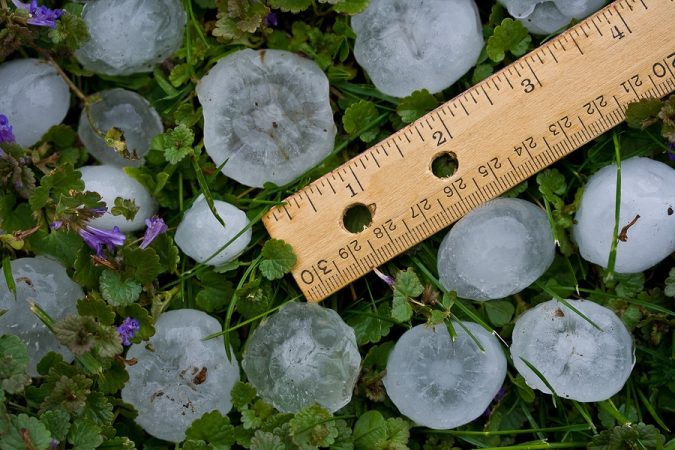

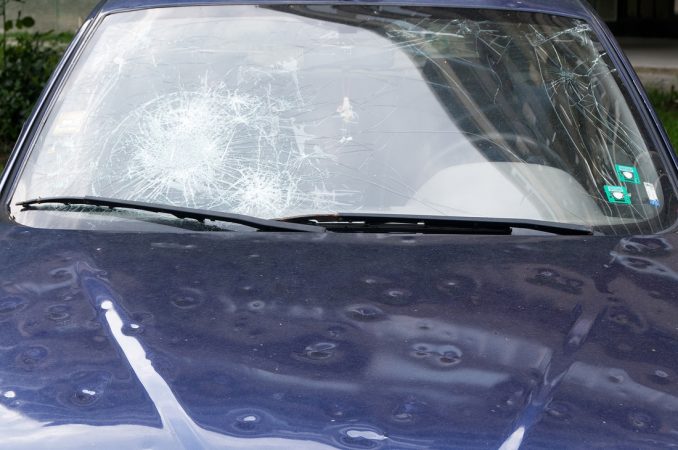

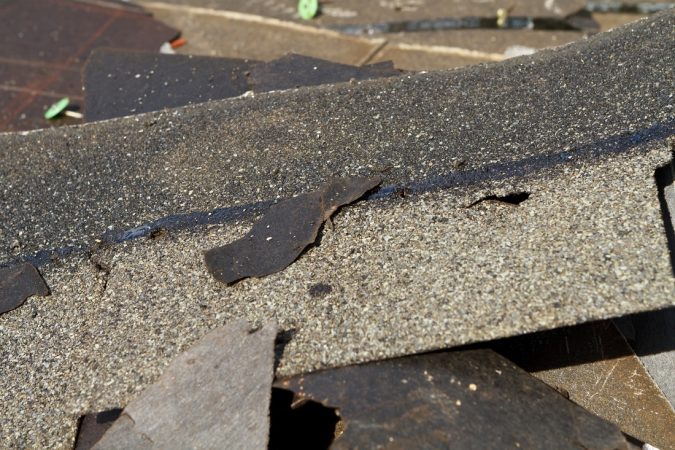
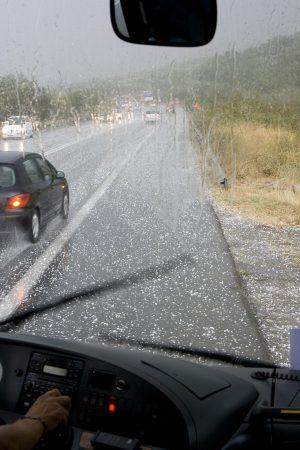
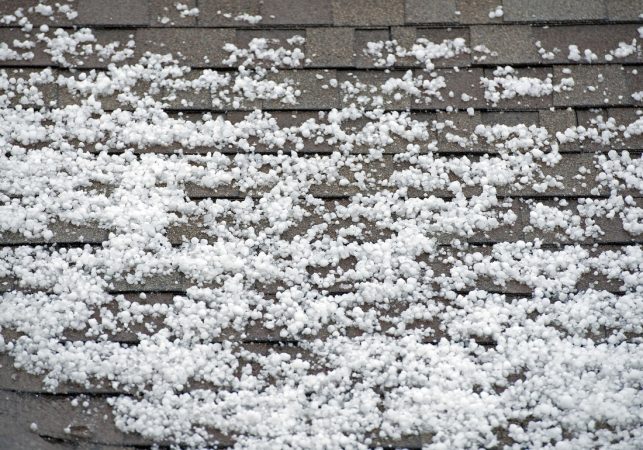
What to Do in a Storm
If you’re caught out in a storm, be sure to find cover and pull off the road if you are in your car. The ice will make conditions much more slippery than usual, so it’s best to pull off as soon as possible rather than trying to make it under cover. If your car is at an angle, then it will direct most of the stones toward the windshield, which is stronger than the rest of the windows. Also, keep your back to the glass in case it does break so that you don’t get injured from it.
Overall, if you live in Colorado Front Range or its surrounding neighborhoods, preparing for hail is simply a fact of life. The more you can do to protect yourself the better off you’ll be in the long run.
If you suspect hail damage repairs are needed, contact Legacy Gutters to help inspect and refer you to qualified and trusted contractors.


